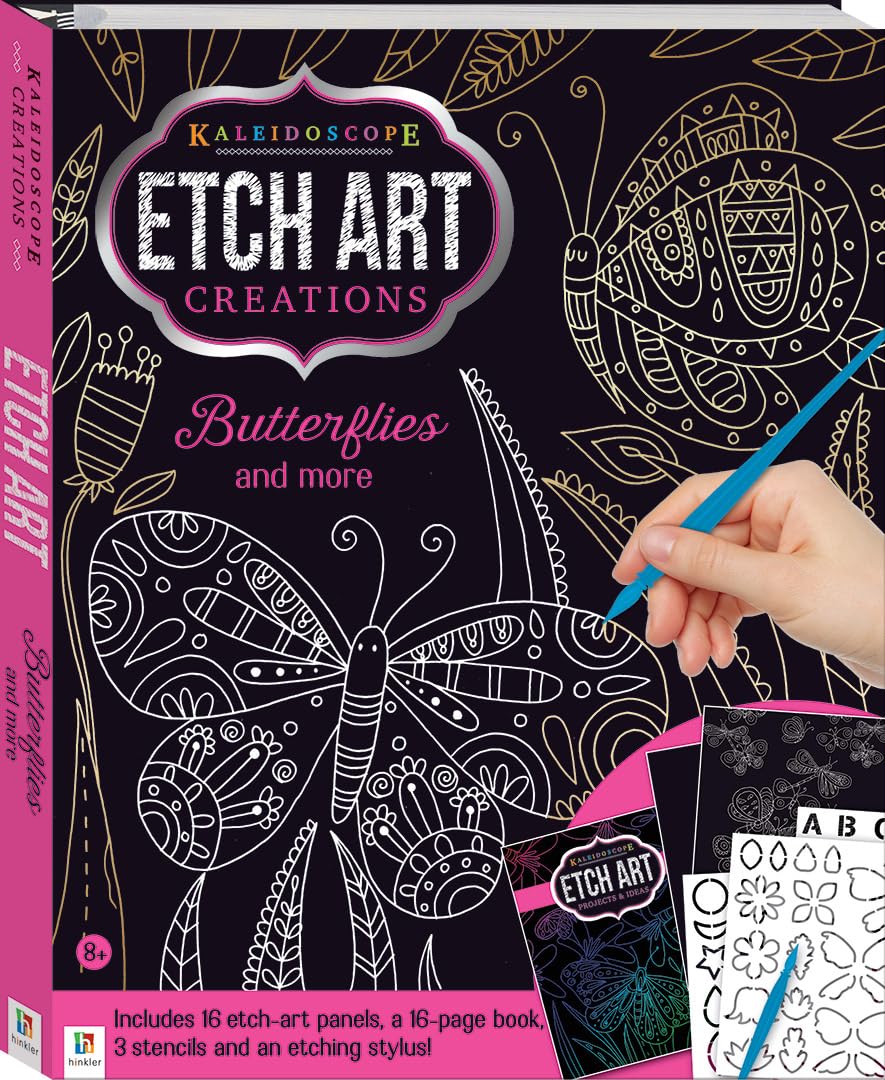About this deal
McIntosh, Jane (2008). The Ancient Indus Valley: New Perspectives. ABC-CLIO. p.185. ISBN 978-1-57607-907-2. The plate is removed from the acid and washed over with water to remove the acid. The ground is removed with a solvent such as turpentine. Turpentine is often removed from the plate using methylated spirits since turpentine is greasy and can affect the application of ink and the printing of the plate. The traditional aquatint, which uses either powdered rosin or enamel spray paint, is replaced with an airbrush application of the acrylic polymer hard ground. Again, no solvents are needed beyond the soda ash solution, though a ventilation hood is needed due to acrylic particulates from the air brush spray.
Additional impressions can be created by re-inking, cleaning, and putting the plate through the printing press again.In the patented [24] [25] Electroetch system, invented by Marion and Omri Behr, in contrast to certain nontoxic etching methods, an etched plate can be reworked as often as the artist desires [26] [27] [28] [29] The system uses voltages below 2 volts which exposes the uneven metal crystals in the etched areas resulting in superior ink retention and printed image appearance of quality equivalent to traditional acid methods. With polarity reversed the low voltage provides a simpler method of making mezzotint plates as well as the "steel facing" [30] copper plates. US 5112453,Behr, Omri&Behr, Marion,"Method and apparatus for producing etched plates for graphic printing",published 1992-05-12 Carborundum etching (sometimes called carbograph printing) was invented in the mid-20th century by American artists who worked for the WPA. [17] In this technique, a metal plate is first covered with silicon carbide grit and run through an etching press; then a design is drawn on the roughened plate using an acid-resistant medium. After immersion in an acid bath, the resulting plate is printed as a relief print. The roughened surface of the relief permits considerable tonal range, and it is possible to attain a high relief that results in strongly embossed prints. [17] Printmaking technique in detail [ edit ] Steps in the typical technique Jacques Callot (1592–1635) from Nancy in Lorraine (now part of France) made important technical advances in etching technique.
Growing concerns about the health effects of acids and solvents [19] [20] led to the development of less toxic etching methods [21] in the late 20th century. An early innovation was the use of floor wax as a hard ground for coating the plate. Others, such as printmakers Mark Zaffron and Keith Howard, developed systems using acrylic polymers as a ground and ferric chloride for etching. The polymers are removed with sodium carbonate (washing soda) solution, rather than solvents. When used for etching, ferric chloride does not produce a corrosive gas, as acids do, thus eliminating another danger of traditional etching. Behr, Omri (1997), "An improved method for steelfacing copper etching plates", Leonardo, The MIT Press, 30 (#1): 47–48, doi: 10.2307/1576375, JSTOR 1576375, S2CID 139028601 German master Daniel Hopfer invented the etched stroke technique at the beginning of the 16th century. The innovation delighted the artists-engravers: the speed of the plate processing, accurate reproduction of hand movements, clarity and subtlety of the stroke, the 500 sheets print run without loss of image quality made the etching graphics popular for five centuries.
More in Books
A mixture of nitric acid and gum arabic (or, very rarely, saliva) which can be dripped, spattered or painted onto a metal surface giving interesting results. A mixture of nitric acid and rosin may also be used. Famous etching pictures: Peasant Family 1647 by Adriaen Jansz. van Ostade; Caprichos series 1799, The Colossus 1818 by Francisco Goya; Net of Religion 1794, Illustrations to the Ballads of William Haley 1805 by William Blake; Virgin in the Tree, Two Men Meet, Each Believing the Other to Be of Higher Rank 1903 by Paul Klee; Labyrinth of the World and Paradise of the Heart series 1989 Albín Brunovský. Aquatint is a variation giving only tone rather than lines when printed. Particulate resin is evenly distributed on all or parts of the plate, then heated to form a screen ground of uniform, but less than perfect, density. After etching, any exposed surface will result in a roughened (i.e., darkened) surface. Areas that are to be light in the final print are protected by varnishing between acid baths. Successive turns of varnishing and placing the plate in acid create areas of tone difficult or impossible to achieve by drawing through a wax ground. The switch to copper plates was probably made in Italy, [14] and thereafter etching soon came to challenge engraving as the most popular medium for artists in printmaking. Its great advantage was that, unlike engraving where the difficult technique for using the burin requires special skill in metalworking, the basic technique for creating the image on the plate in etching is relatively easy to learn for an artist trained in drawing. On the other hand, the handling of the ground and acid need skill and experience, and are not without health and safety risks, as well as the risk of a ruined plate. Hammett, Dashiell, The Thin Man, (1934) in Five Complete Novels, New York: Avanel Books, 1980, p.592.
 Great Deal
Great Deal 